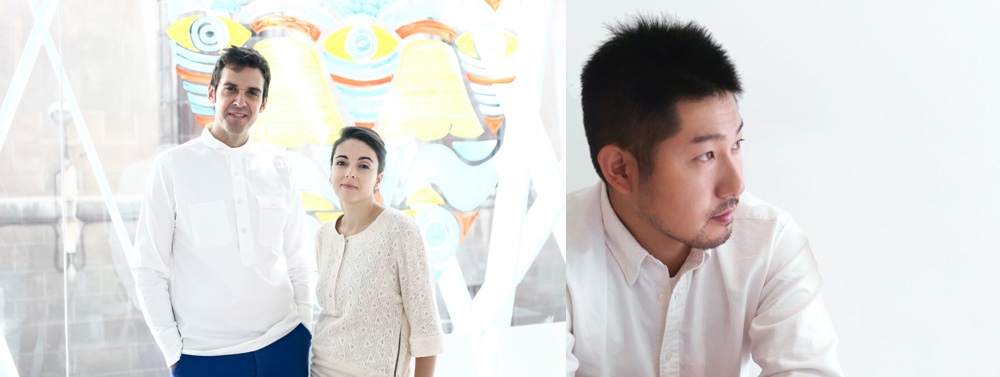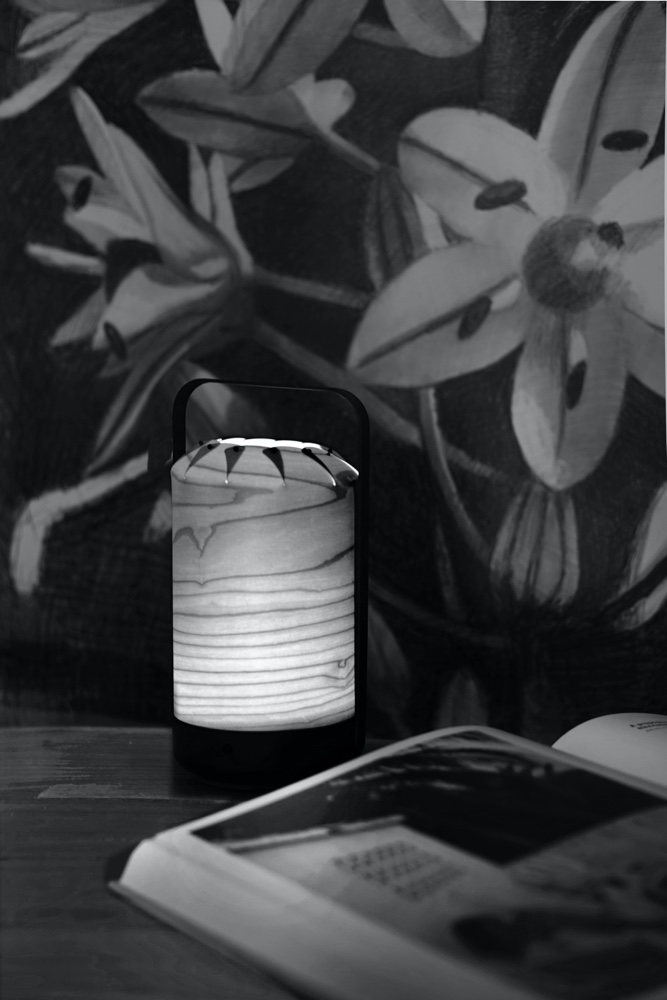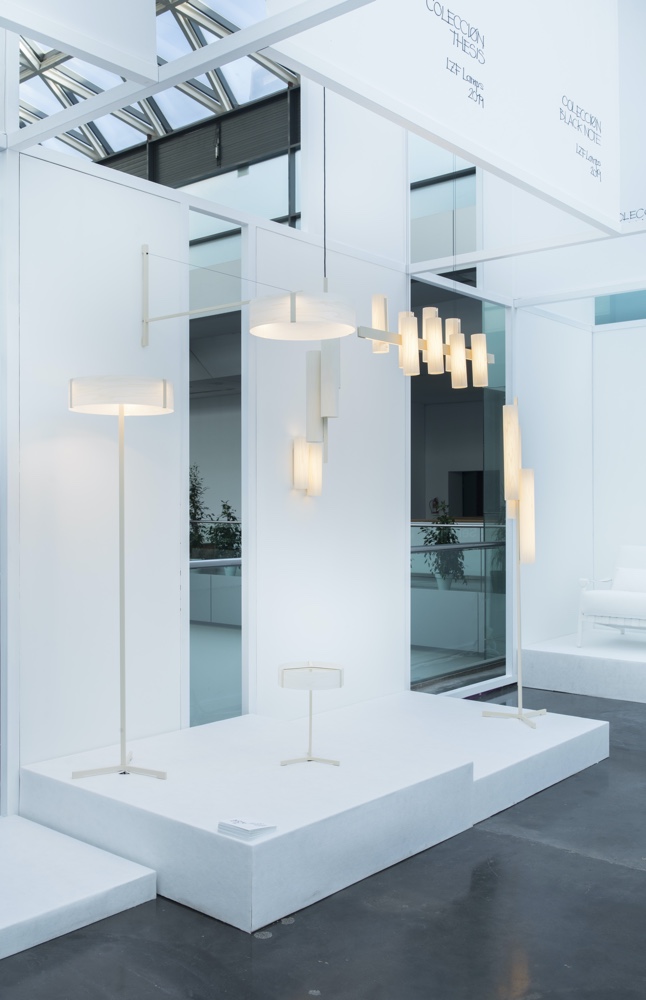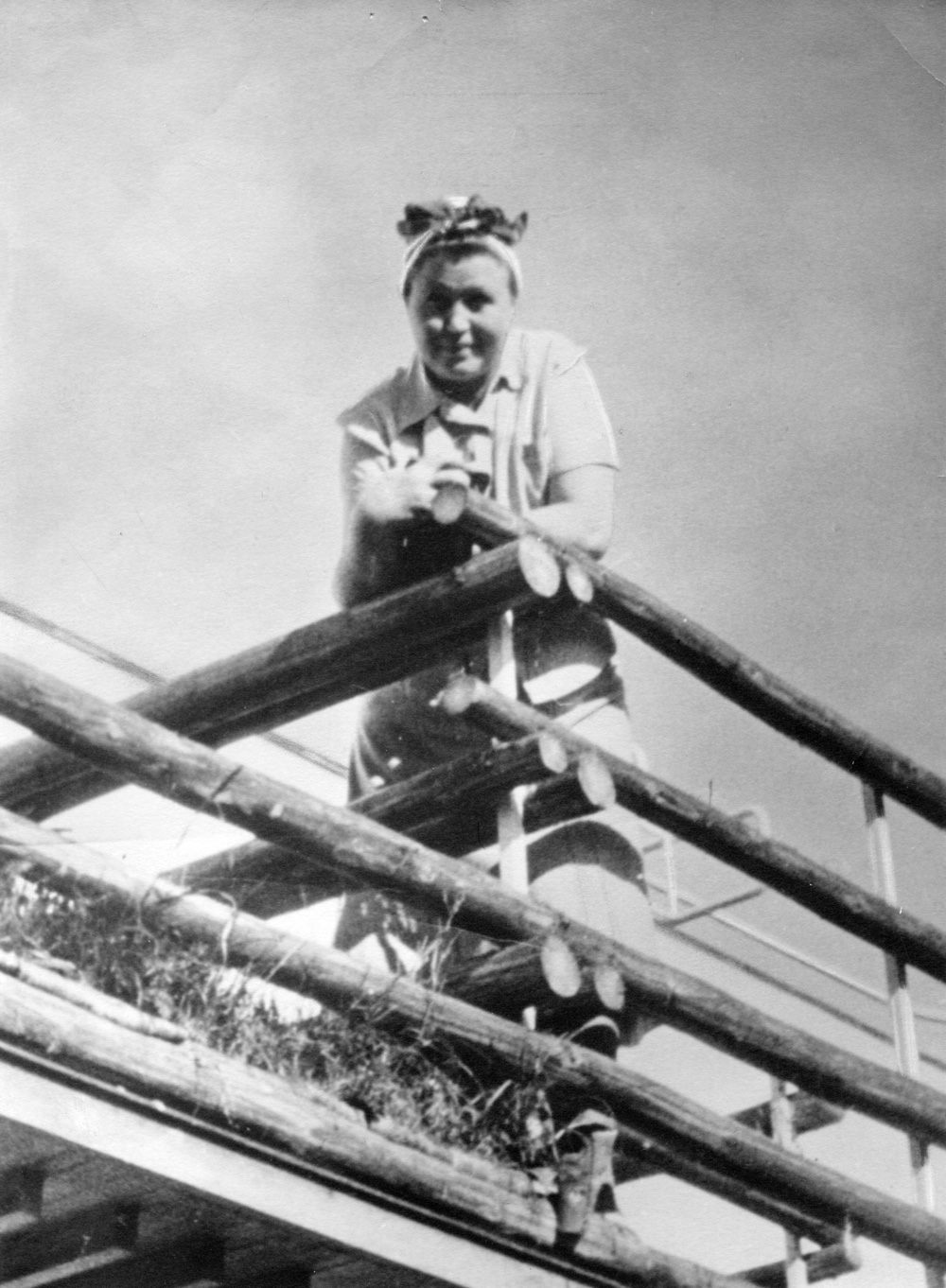Juli Capella is a Spanish architect who established the architectural studio Capella Garcia Architecture in Barcelona in 2001, along with architect Miquel Garcia and designer Cristina Capella. The studio’s approach is to pamper its projects while maintaining a sense of curiosity—instead of one particular specialism, the studio remains open to different thoughts and ideas. For Juli Capella, he is passionate about architecture and design in all shapes and sizes.

Juli Capella.
Capella Garcia Architecture has specified a range of LZF’s lamps for a number of big, bold and colourful restaurant projects, created for acclaimed Spanish chef José Andrés. Here, in our people with character series, we talk with Juli about his work.
You have used a range of LZF’s lamps across a number of restaurant projects. What is it about our lamps that you find especially appealing in these environments?
(JC) I would say that LZF does not make lamps—it makes creatures that illuminate. It’s the reason we especially like to use your pieces: we do not consider them furniture, but an intrinsic part of the project. There are some FF&Es (furniture, fixtures and equipment) used as part of a project that are easily replaceable, but this is not so with an LZF lamp—it is very difficult to fit another lamp from a different brand. LZF’s lamps help us create the warm atmosphere we are looking for.
 LZF’s Koi in ‘Fish by José Andrés’ at The Cove, a deluxe beachside resort located on Paradise Island in The Bahamas. Photo by Liz Clayman.
LZF’s Koi in ‘Fish by José Andrés’ at The Cove, a deluxe beachside resort located on Paradise Island in The Bahamas. Photo by Liz Clayman.

How important is restaurant lighting as part of the dining experience?
(JC) The most important thing in a restaurant is not the food, design, price, service or light: it’s the acoustics. That was what Spanish architect Federico Correa said, highlighting that people usually go to a restaurant and want to talk. We like to comment on how good or bad the food is, to gossip with a friend, do business, be romantic with a girlfriend or boyfriend—it’s not just about eating. That said, without light we cannot talk or eat at ease. Therefore the key is a good combination of all of these elements. For a dinner, without a doubt, the best light is that from candles.

LZF’s Stitches Bamako at Jaleo in Disney Springs. Photo by Chad Baumer.
What makes a good restaurant interior? What do you strive for when creating a restaurant’s particular style?
(JC) We never make the restaurant that we like, but instead design the one we think the customer is looking for and needs. We have no style—rather, we conceptualise a project and develop it according to demand. Depending on the challenge, our work can be minimalist, expressionist, luxurious or low budget. As Groucho Marx once proclaimed: ‘Those are my principles, and if you don’t like them… well I have others.’ As a studio, we can change when needed.

LZF’s New Wave at Jaleo in Disney Springs.

LZF’s Agatha at Jaleo in Washington, DC.
Your interiors are often colourful, playful and energetic. How do you balance a wonderful pot-pourri of materials, furnishings and lighting in order to achieve your desired outcome?
(JC) The restaurants we have designed for Spanish chef José Andrés express his tremendous and fascinating personality. They aim to show the way of being and living in Spain, with strength in form, colour and art. In Jaleo and other restaurants owned by Andrés, we strive to capture and show his positive energy. They are loving, warm and surprising spaces, with a combination of materials that reflect a sense of global harmony, based on crafts and certain Spanish topics. They are maximalist spaces where people gather to celebrate, play and share, enjoying good food and wine.
 LZF’s Swirl at Mercado Little Spain.
LZF’s Swirl at Mercado Little Spain.
You use a lot of vivid colours in your work. What appeals to you most about colour?
(JC) ‘Color is life; for a world without color appears to us as dead…’ said Johannes Itten, a Swiss colour theorist and artist who taught at the Bauhaus. To make a space all white or black is impressive and it’s used a lot, but it isn’t ideal when spending several hours in that space. White or black works better for a store, not for a restaurant. The Russian-French artist Marc Chagall believed that: ‘all colors are the friends of their neighbors and the lovers of their opposites.’ And so we try to be brave, even at the risk of being wrong—we prefer fuss over coldness.

LZF’s Candelabro at Mercado Little Spain
Your work has a real sense of fun without seeming frivolous. Is it important to have fun with what you do?
(JC) We take our work very seriously, and we know that introducing a joke or a wink in an interior, achieves an affinity with the visitor. It is not about making boutades—now so fashionable—in order to gain the attention of Instagram. This is especially true in a restaurant, where you can afford small hooks that arouse a smile, but they must be of quality and also subtle.

LZF’s Link Chain, Agatha and Orbit (wall) lamps at Mi Casa in Puerto Rico. Photo © The Ritz.












